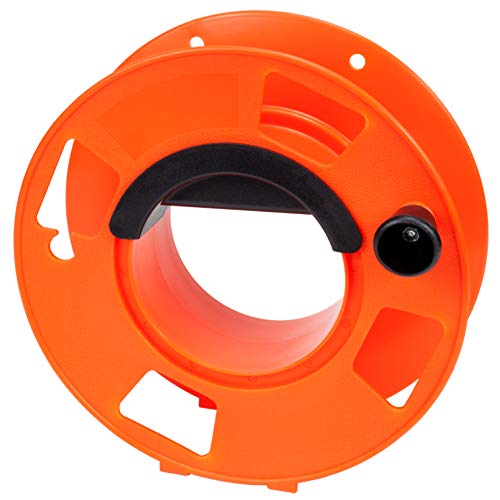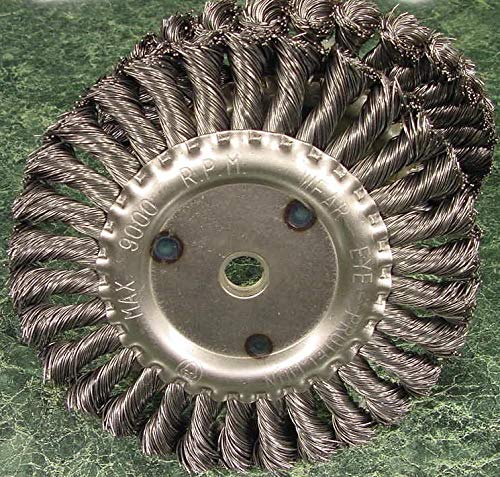Discover the step-by-step process of spooling a baitcaster reel, including selecting the right fishing line, tying knots, and adjusting drag settings. Perfect your casting technique with our guide.
Selecting the Right Fishing Line
When it comes to selecting the right fishing line for your baitcaster reel, there are a few key factors to consider. Each type of has its own strengths and weaknesses, so it’s important to choose the one that best suits your fishing style and the type of fish you’ll be targeting.
Monofilament
Monofilament fishing line is a popular choice among anglers due to its versatility and affordability. It is a great option for beginners as it is easy to handle and tie knots with. Monofilament line also has some stretch, which can be beneficial when fighting larger fish. However, it is not as strong or abrasion-resistant as other types of fishing line, so it may not be the best choice for heavy cover or sharp rocks.
- Some key benefits of monofilament fishing line include:
- Versatility
- Affordability
- Easy to handle
Fluorocarbon
Fluorocarbon fishing line is known for its low visibility in the water, making it a popular choice for clear or heavily fished waters. It is also more abrasion-resistant than monofilament, making it a good option for fishing in rocky areas or around structure. Fluorocarbon line sinks faster than monofilament, which can be beneficial when fishing deep waters or using certain lures. However, fluorocarbon line can be stiffer and more difficult to manage than other types of fishing line.
- Some key benefits of fluorocarbon fishing line include:
- Low visibility
- Abrasion-resistant
- Sinks faster
Braided Line
Braided fishing line is made from multiple strands of synthetic material woven together, creating a strong and durable line. It has little to no stretch, allowing for increased sensitivity and better hook sets. Braided line is also thinner in diameter than monofilament or fluorocarbon, allowing for longer casts and increased line capacity on your reel. However, braided line is more visible in the water and can be prone to wind knots if not managed properly.
- Some key benefits of braided fishing line include:
- Strength and durability
- Increased sensitivity
- Longer casts
When selecting the right fishing line for your baitcaster reel, consider the type of fishing you’ll be doing, the conditions you’ll be fishing in, and your personal preferences. Experiment with different types of fishing line to see which works best for you and don’t be afraid to switch it up depending on the situation. Remember, the right fishing line can make all the difference in your success on the water.
Preparing the Baitcaster
Removing Old Line
When it comes to preparing your for a successful fishing trip, one of the first steps you’ll need to take is removing the old line. Over time, fishing line can become worn down and weakened, making it essential to replace it regularly. To remove the old line, start by loosening the drag on your reel to prevent any tension. Then, carefully cut the line close to the spool using a pair of scissors or a line cutter. Next, unwind the remaining line from the spool, making sure to dispose of it properly to avoid any harm to wildlife.
Cleaning the Reel
Once you’ve removed the old line, it’s important to take the time to clean your reel before spooling on new line. A clean reel not only improves performance but also helps to extend the lifespan of your equipment. To clean your reel, start by removing the side plate and spool to access the inner components. Use a soft brush or cloth to remove any dirt, debris, or old lubricant from the gears and bearings. Be sure to use a reel cleaner or lubricant specifically designed for fishing reels to ensure optimal performance. Once you’ve cleaned the reel, carefully reassemble it, making sure all components are properly aligned and secure.
By taking the time to remove old line and clean your reel before heading out on your next fishing adventure, you’ll ensure that your equipment is in top condition and ready to perform at its best. Remember, proper maintenance is key to a successful and enjoyable fishing experience.
Attaching the Fishing Line
Securing the Line to the Reel Spool
When it comes to attaching your fishing line to the reel spool, there are a few key steps to follow. The first thing you’ll want to do is make sure your reel is properly secured to your fishing rod. Once that’s done, you can move on to securing the line to the spool. One common method is to tie the line directly to the spool using an arbor knot. This knot is strong and reliable, ensuring that your line stays securely in place during your fishing excursion.
Tying the Knot
Tying the right knot is crucial when it comes to attaching your fishing line. There are many different knots you can use, but one of the most popular and effective options is the improved clinch knot. This knot is easy to tie and provides a strong connection between your line and your hook or lure. To tie the improved clinch knot, simply pass the line through the eye of the hook, wrap it around the main line several times, and then pass the tag end back through the loop you created. Pull the tag end tight to secure the knot in place.
- Securing the line to the reel spool is essential for a successful fishing trip.
- Tying the right knot, such as the improved clinch knot, ensures a strong connection between your line and hook.
By following these steps and taking the time to properly secure your fishing line to the reel spool, you’ll be well on your way to a successful day out on the water. Remember, attention to detail and care in your setup can make all the difference when it comes to landing that big catch.
Spooling the Line
Adjusting Tension
When it comes to spooling your fishing line onto the reel, one of the most critical factors to consider is adjusting the tension. Proper tension ensures that the line is spooled evenly and prevents any tangling or twisting that can occur during casting.
To adjust the tension, start by locating the tension knob on your baitcaster reel. This knob controls how much resistance is placed on the spool as the line is being wound. Begin by setting the tension knob to a medium setting to allow for smooth spooling without causing the line to be too loose or too tight.
As you begin spooling the line onto the reel, pay close attention to how the tension feels. If the line is spooling too loosely and appears to be laying unevenly on the reel, increase the tension slightly by turning the knob clockwise. Conversely, if the line is spooling too tightly and causing resistance, loosen the tension by turning the knob counterclockwise.
Adjusting the tension may require some trial and error, so don’t be afraid to make small adjustments as needed until you find the perfect balance. Remember, the goal is to achieve a smooth and even spooling of the line to ensure optimal performance when casting.
Spooling Line Onto the Reel
Once you have adjusted the tension to your liking, it’s time to start spooling the line onto the reel. Begin by threading the end of the fishing line through the rod guides and down to the reel. Secure the line to the spool using an appropriate knot, such as the arbor knot or the improved clinch knot, to prevent it from slipping during casting.
Next, hold the line taut with one hand while using the other hand to turn the reel handle. As you turn the handle, the line will begin to spool onto the reel. Make sure to keep the line evenly distributed across the spool to prevent any overlapping or tangling.
As you continue to spool the line, periodically check the tension and adjust as necessary to ensure a smooth and even distribution. Take your time and pay attention to detail, as proper spooling is essential for maximizing casting distance and accuracy on the water.
Testing the Setup
Casting Practice
When it comes to testing your setup, one of the most important aspects to focus on is your casting technique. Proper casting is essential for effectively getting your bait or lure to where the fish are. Practice makes perfect, so don’t be afraid to spend some time honing your skills.
- Start by practicing your casting motion on dry land. This will help you get a feel for the weight of the bait and the action of the rod.
- Once you feel comfortable, head to a nearby body of water to practice casting into the water. Pay attention to your technique and try to make smooth, controlled movements.
- Experiment with different casting distances and angles to see what works best for you. Remember, the goal is to be able to accurately cast your line to where the fish are without scaring them away.
Adjusting Drag Settings
Another important aspect of testing your setup is adjusting the drag settings on your reel. The drag is what allows the fish to pull line from the reel without breaking it. Properly adjusting the drag can mean the difference between landing a big catch and losing it.
- Start by setting the drag to a medium tension. This will allow the fish to pull line from the reel without too much resistance.
- Test the drag by pulling line from the with your hand. You should feel some resistance, but the line should still come out smoothly.
- If the drag is too tight, the fish may break off when it makes a run. If it’s too loose, the fish may be able to swim away with your bait. Adjust the drag accordingly until you find the right balance.
In conclusion, testing your setup is a crucial step in ensuring a successful fishing trip. By practicing your casting technique and adjusting your drag settings, you’ll be better prepared to reel in that big catch. Remember, fishing is as much about skill and technique as it is about luck, so put in the time and effort to make the most of your time on the water.








